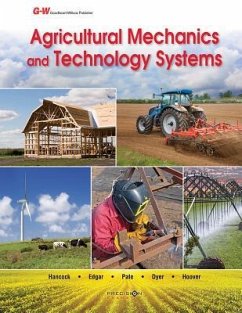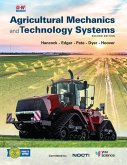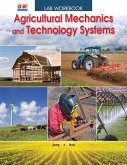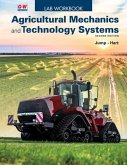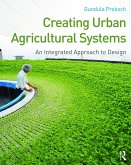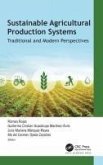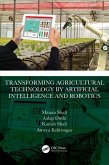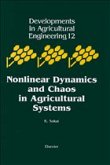Agricultural Mechanics and Technology Systems (AMTS) is a comprehensive, new curriculum resource designed and written by a team of experts for today's students. The text presents focused, technically accurate coverage of all major skilled trade disciplines in agricultural contexts, including construction, electricity, welding, and power systems. In addition, AMTS provides a wealth of information and resources on careers in agricultural mechanics and promotes a deep understanding of supervised agricultural experiences (SAE) and FFA Career Development Events. Developing safe work habits in the shop, on the farm and in the workplace is a major theme of the text. To support inquiry-based learning, the authors have provided STEM and academic connections and activities throughout. AMTS is aligned with the Power, Structural and Technical Systems Career Pathway within the National AFNR Career Cluster Content Standards. In addition, the text has been correlated with selected state standards. Features of the text include: * A unique chapter on Trends and Emerging Technologies that introduces students to the many high-tech applications of agriculture and agricultural mechanics, including geographic information systems (GIS), telematics, sustainable energy sources, precision agriculture, wireless sensor networks and the use of drones. * Thorough coverage of measuring and marking tools, designed to help students learn to measure accurately, follows a separate chapters on hand tools and precedes one on power tools. * A chapter on safety and extensive "Safety Notes" cultivate a safety-first mindset and drive home the point that safe work habits are needed in every domain of agricultural mechanics and technology. * Reading and writing skills are developed by the careful definition and use of technical terms, by "Before You Read" guidance provided at the start of every chapter, and by "Communicating About Ag Mechanics" exercises at the end of every chapter. * "Hands-on Agriculture" and "STEM and Academic Activities" provide engaging activities for students and provide a bridge between theory and practice. * The "Thinking Green" feature, found throughout the text, develops students' understanding of sustainable practices in agriculture and their impact on the environment. * To highlight safe, correct and current practices, high-quality photographs and line art accompany text descriptions on nearly every page of the text.
Hinweis: Dieser Artikel kann nur an eine deutsche Lieferadresse ausgeliefert werden.
Hinweis: Dieser Artikel kann nur an eine deutsche Lieferadresse ausgeliefert werden.

